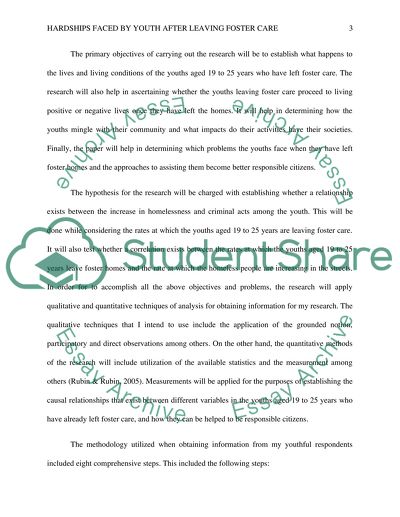Cite this document
(“Potential Hardship Young Adults Encounter after Foster Care Dissertation”, n.d.)
Retrieved from https://studentshare.org/psychology/1395453-potential-hardship-young-adults-encounter-after-foster-care
Retrieved from https://studentshare.org/psychology/1395453-potential-hardship-young-adults-encounter-after-foster-care
(Potential Hardship Young Adults Encounter After Foster Care Dissertation)
https://studentshare.org/psychology/1395453-potential-hardship-young-adults-encounter-after-foster-care.
https://studentshare.org/psychology/1395453-potential-hardship-young-adults-encounter-after-foster-care.
“Potential Hardship Young Adults Encounter After Foster Care Dissertation”, n.d. https://studentshare.org/psychology/1395453-potential-hardship-young-adults-encounter-after-foster-care.


